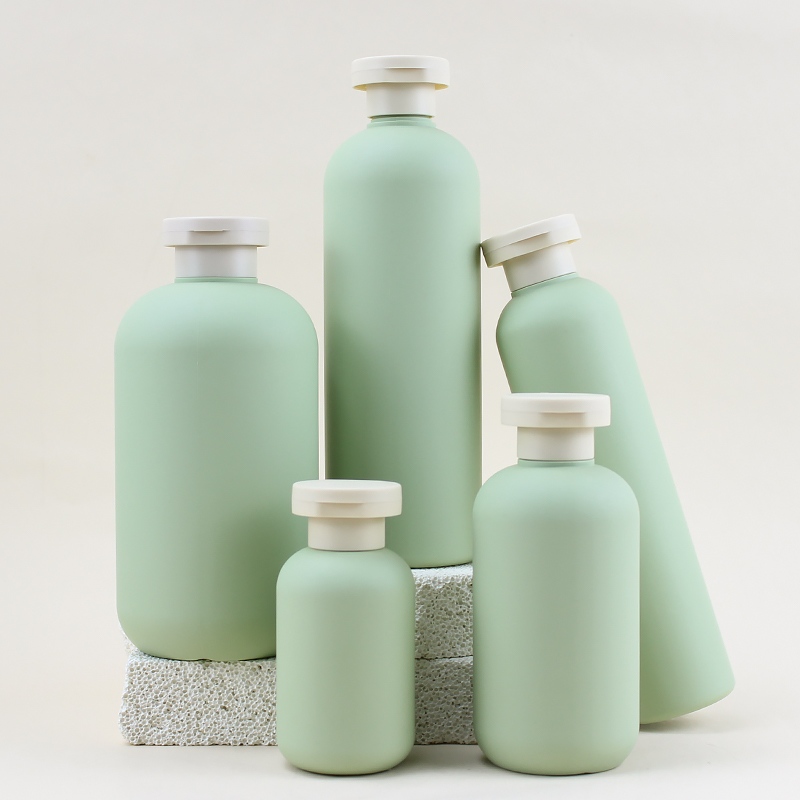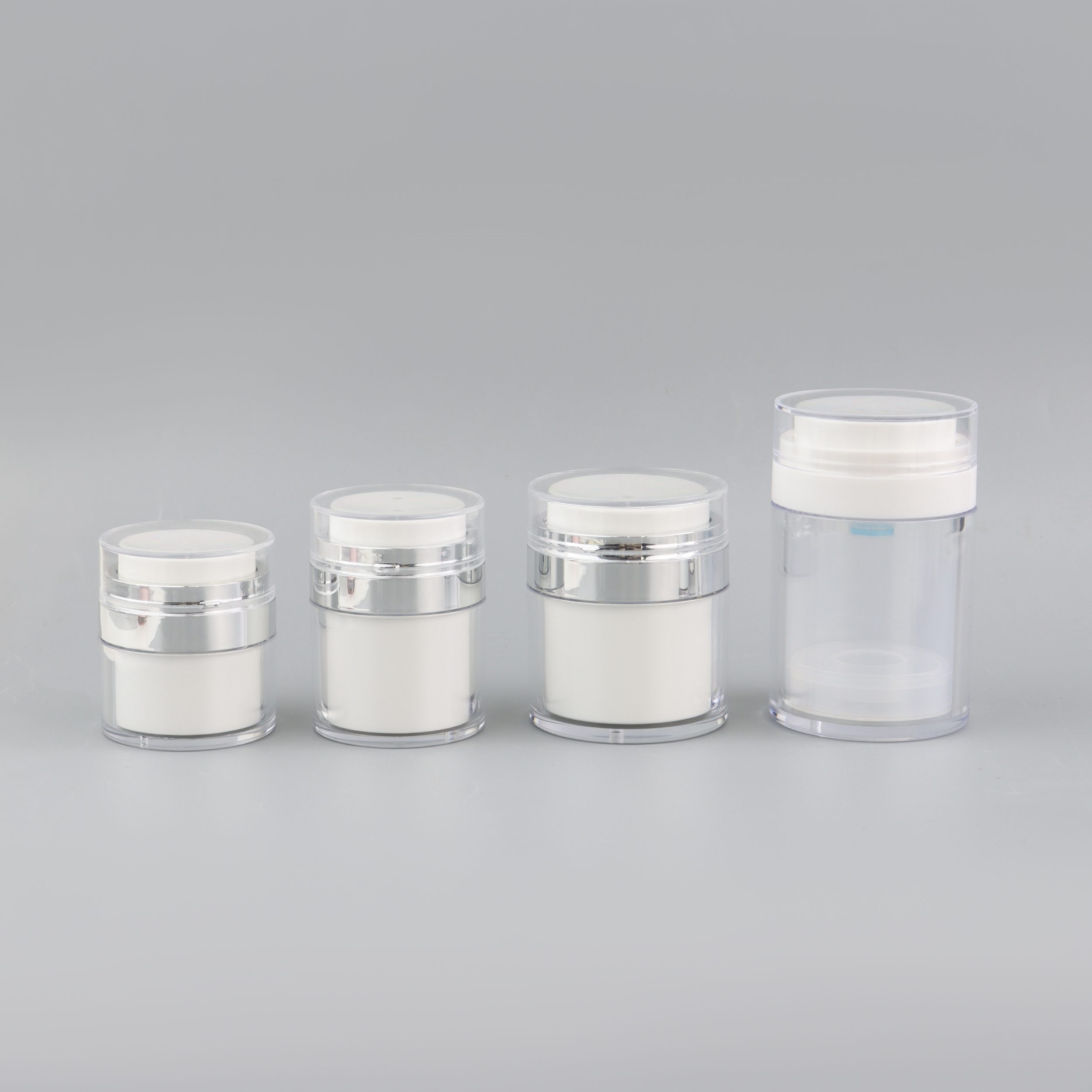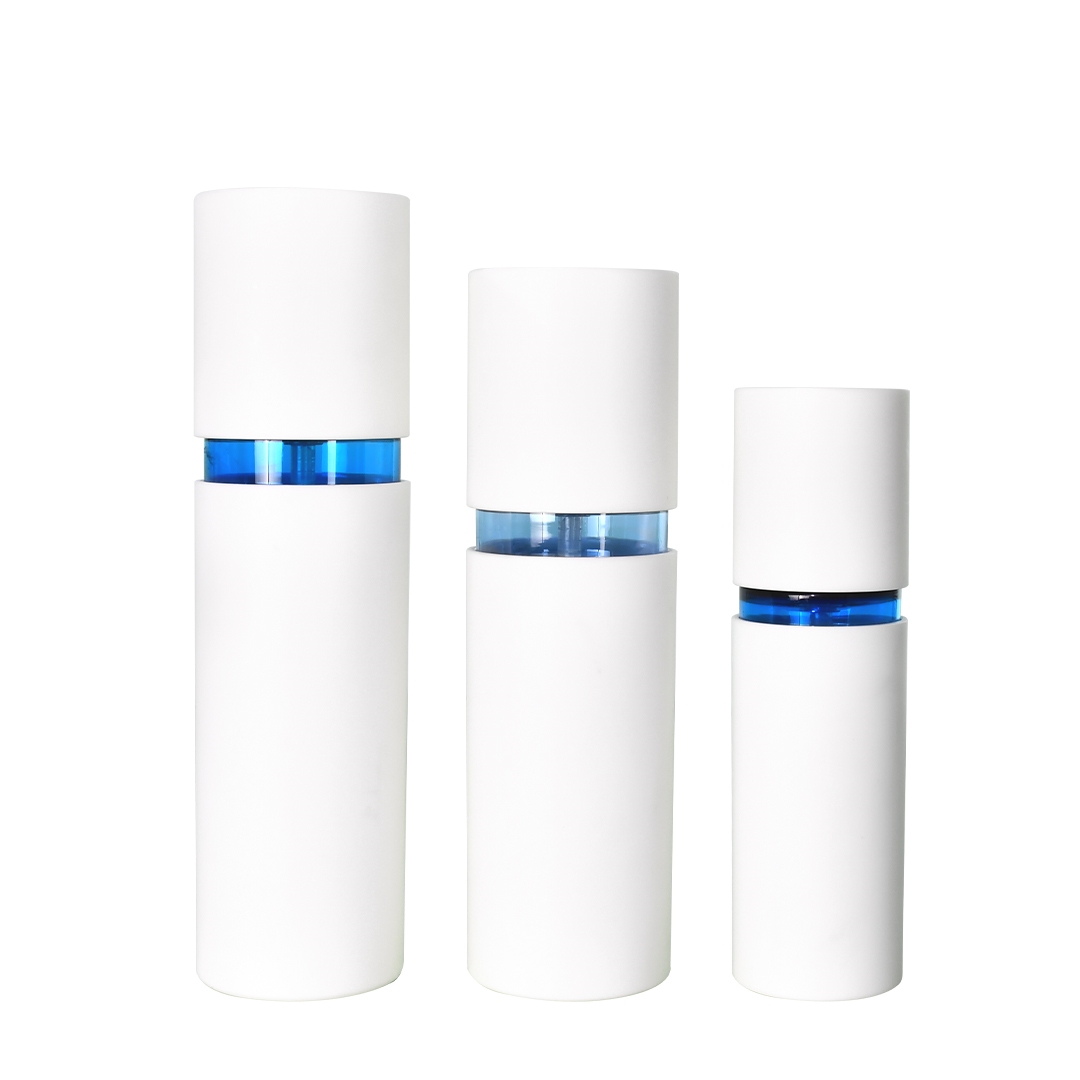

Common Quality Defects and Solutions in Cosmetic Blowing Processes
Blowing techniques are integral to forming cosmetic packaging and skin care packaging, particularly for plastic bottles used in products like acrylic bottles, PP bottles, PET bottles, and other primary packaging items. Various molding methods, such as injection blowing, injection stretch blowing, and extrusion blowing, are employed with materials like HDPE, LLDPE, LDPE, PP, EVA, PETG, and PETP. Here, we discuss common quality defects in the bottle-blowing process, offering insights and solutions for those working with cosmetic plastic packaging materials.

1. Bottom Molding Defects (Concave Feet)
Symptoms: The bottom profile, especially at the corners, may appear sunken, compromising the bottle’s stability in cosmetic packaging applications.Factors: Insufficient high-pressure gas, inadequate heating, or issues with blowing times.Solutions:
Ensure high-pressure air intake is above 28BAR and that filters are clear.
Confirm control of pre-blowing and high-pressure timings.
Adjust the temperature in the corner areas by increasing heating or lamp quantity.
Verify that exhaust holes in the bottom mold are unobstructed.
2. Bottle Mouth Expansion (Thread Expansion)
Symptoms: The threaded section swells, especially in warmer conditions, often making a "popping" noise when the bottle is being blown.Factors: High furnace cooling water temperature, poor furnace ventilation, or improper cooling plate placement.Solutions:
Adjust the cooling water temperature and flow.
Position the cooling plate to protect the bottle’s thread area with a 1.5mm gap.
Enhance ventilation or open the furnace side door to promote air convection.
Lower the heating percentage or reduce lamps in certain areas.

3. Neck Bending (Crooked Neck)
Symptoms: The bottle neck tilts or bends, causing alignment issues that hinder filling and capping processes in cosmetic packaging production.Factors: Mechanical alignment issues, mold body temperature imbalance, or neck material thickness.Solutions:
Ensure a 0.25mm gap at the top mold recess.
Balance cooling flows on both sides of the mold to prevent uneven shrinkage.
Align mouthpiece and mold correctly, increasing neck area temperature if needed.
4. Bottom Line Discoloration (Hot Bottle)
Symptoms: Pearl-like streaks on the bottle’s bottom, often thinner than desired, affecting visual appeal in skin care packaging.Factors: High pre-blowing pressure or delayed air intake.Solutions:
Modify pre-blow air intake angle and speed.
Check that the stretch rod is functioning properly.
5. Bottom Damage
Symptoms: Fine cracks or lines often appear near thick-bottomed areas, especially near the pouring point.Factors: Insufficient heating or mechanical misalignments.Solutions:
Adjust the gap between the stretch rod and mold bottom.
Increase heating in bottom areas by adding lamps if needed.
6. Bottle Thread Damage
Symptoms: Damaged threads on the bottle mouth, leading to issues with sealing and capping in packaging.Factors: Mechanical misalignment between the transfer arm manipulator and the mold cavity, excessive heat in the thread area.Solutions:
Synchronize manipulator positioning with the main turntable and furnace.
Use special tools for precise alignment and adjust cooling plates around the threads.
7. Liquid Level Reduction Post-Filling
Symptoms: Excessive creep or expansion after filling, affecting cosmetic packaging durability.Factors: Insufficient cooling during the blowing process.Solutions:
Set proper heating temperature and ensure visible pearlescent effects without overheating.
8. Bottle Bursting
Symptoms: Cracks form near the bottle’s bottom, often in transitional areas from thick to thin sections.Factors: Inadequate stretching, low IV value, or external damage.Solutions:
Adjust blowing parameters to meet stretch limits.
Observe fixed embryo quality for consistent outcomes.

9. Parting Line Flatness (Flat Bottle)
Symptoms: A flattened clamping line due to high-pressure air escaping along the venting holes, compromising the cosmetic packaging’s structure.Factors: Blocked or worn vent holes and mold parts, inadequate mold compensation air.Solutions:
Reduce high-pressure blowing time slightly.
Drill additional vent holes to facilitate airflow.
Replace worn mold parts and check the gap settings to ensure minimal leakage.
These solutions target the quality of cosmetic packaging by minimizing defects during the blowing process for HDPE, PP, PET, and other materials widely used in the industry. Effective management of blowing parameters, heating control, and mechanical alignments ensures high-quality, ecofriendly cosmetic packaging, improving the product experience for end consumers.





